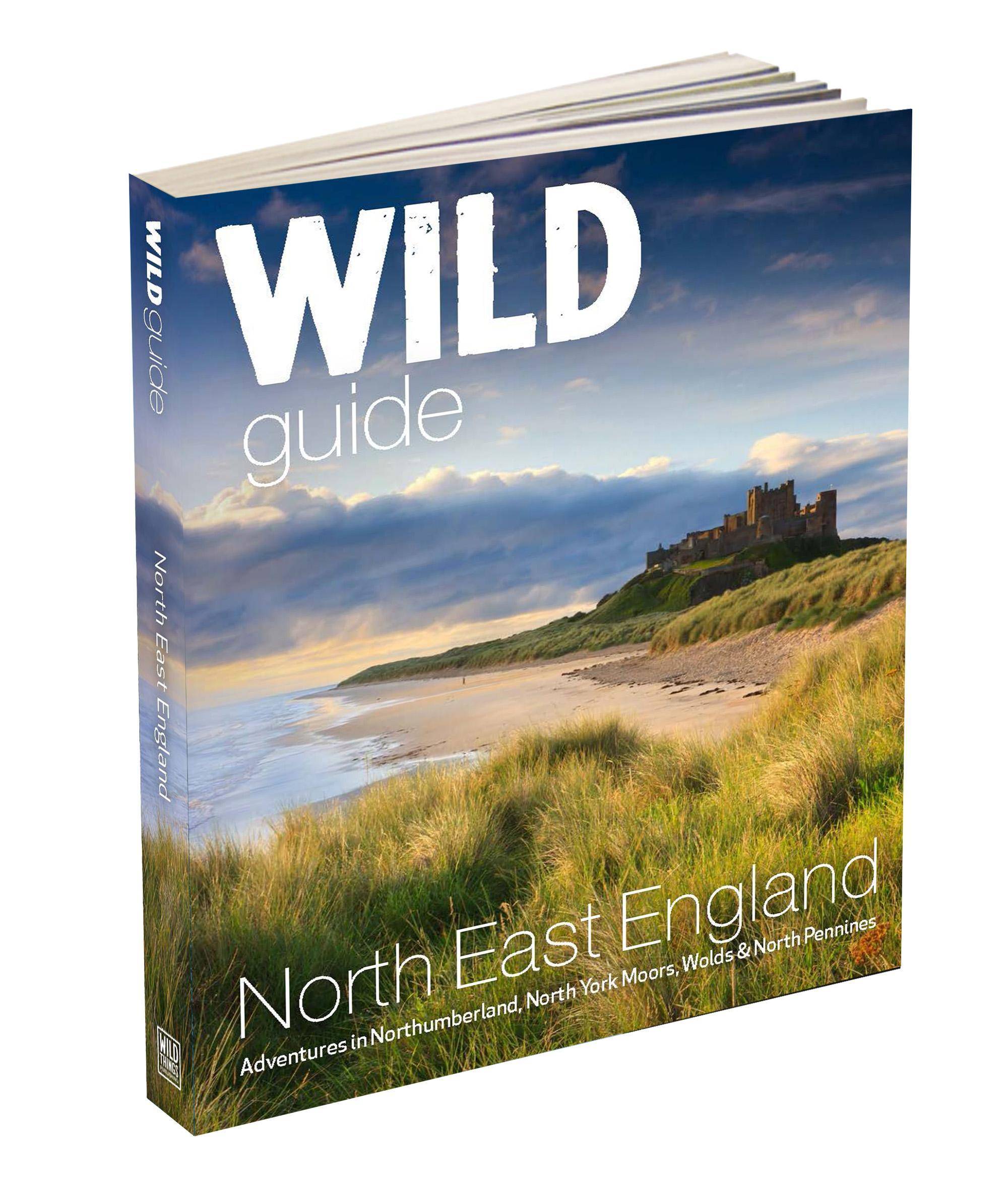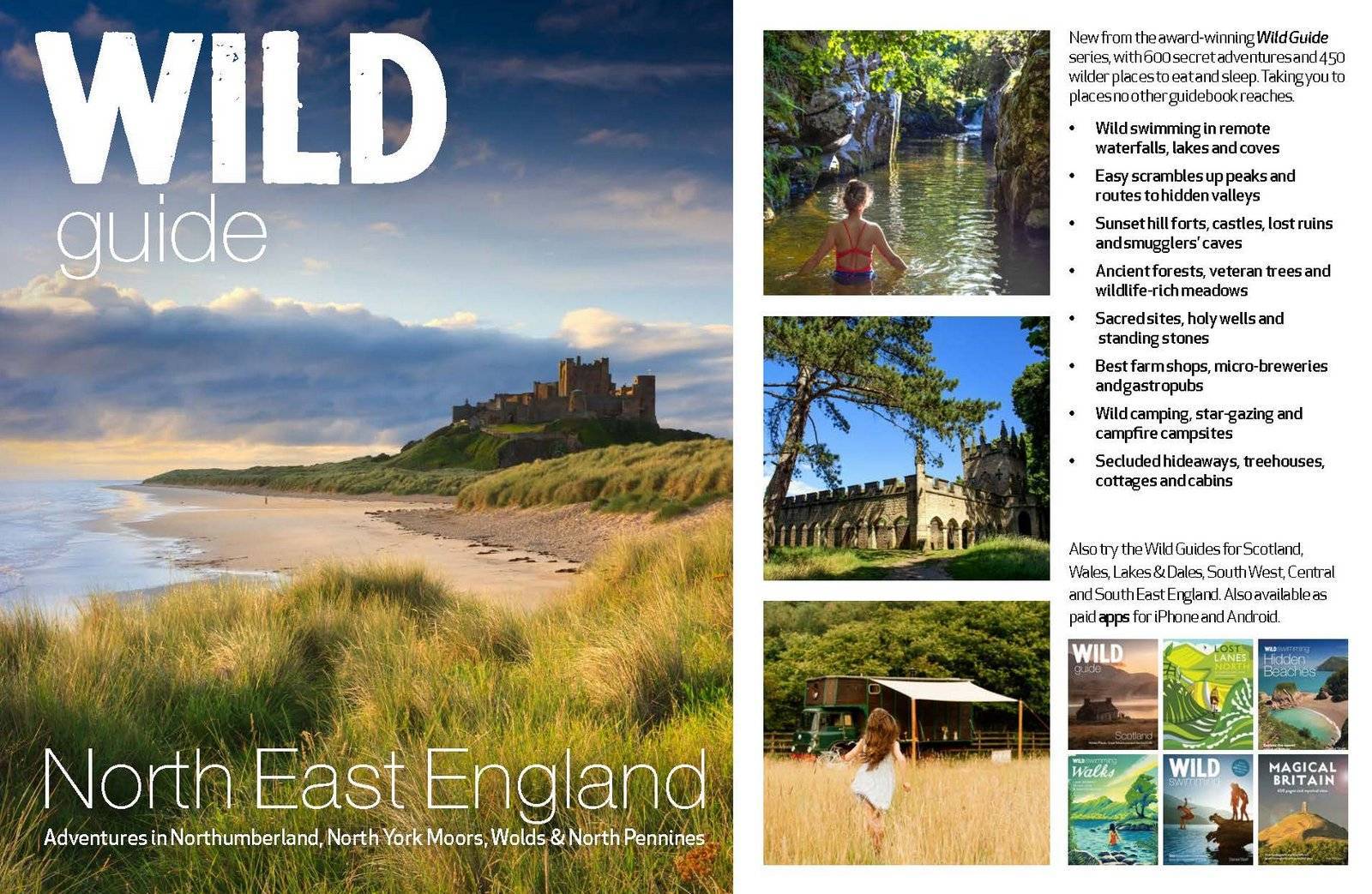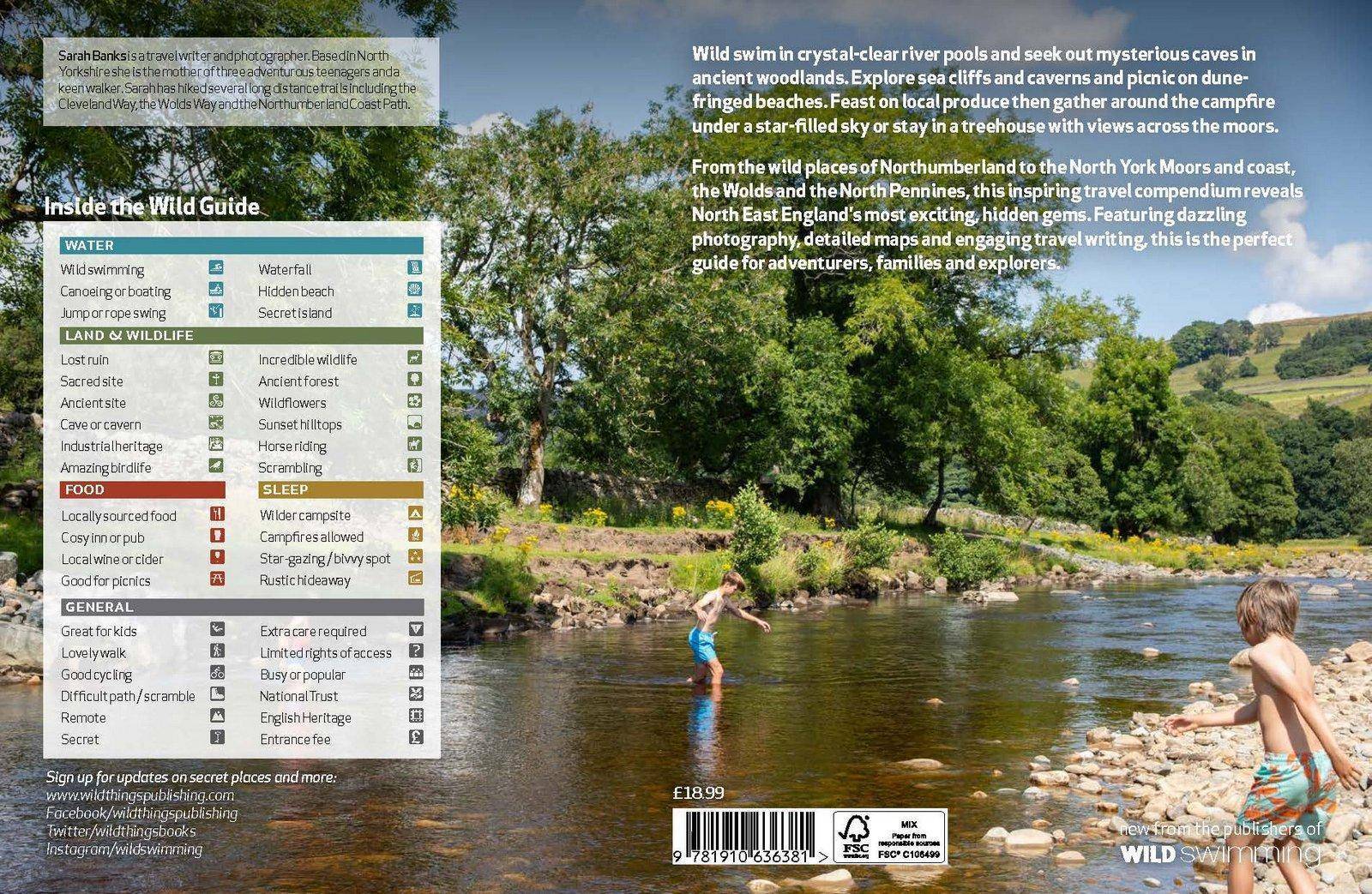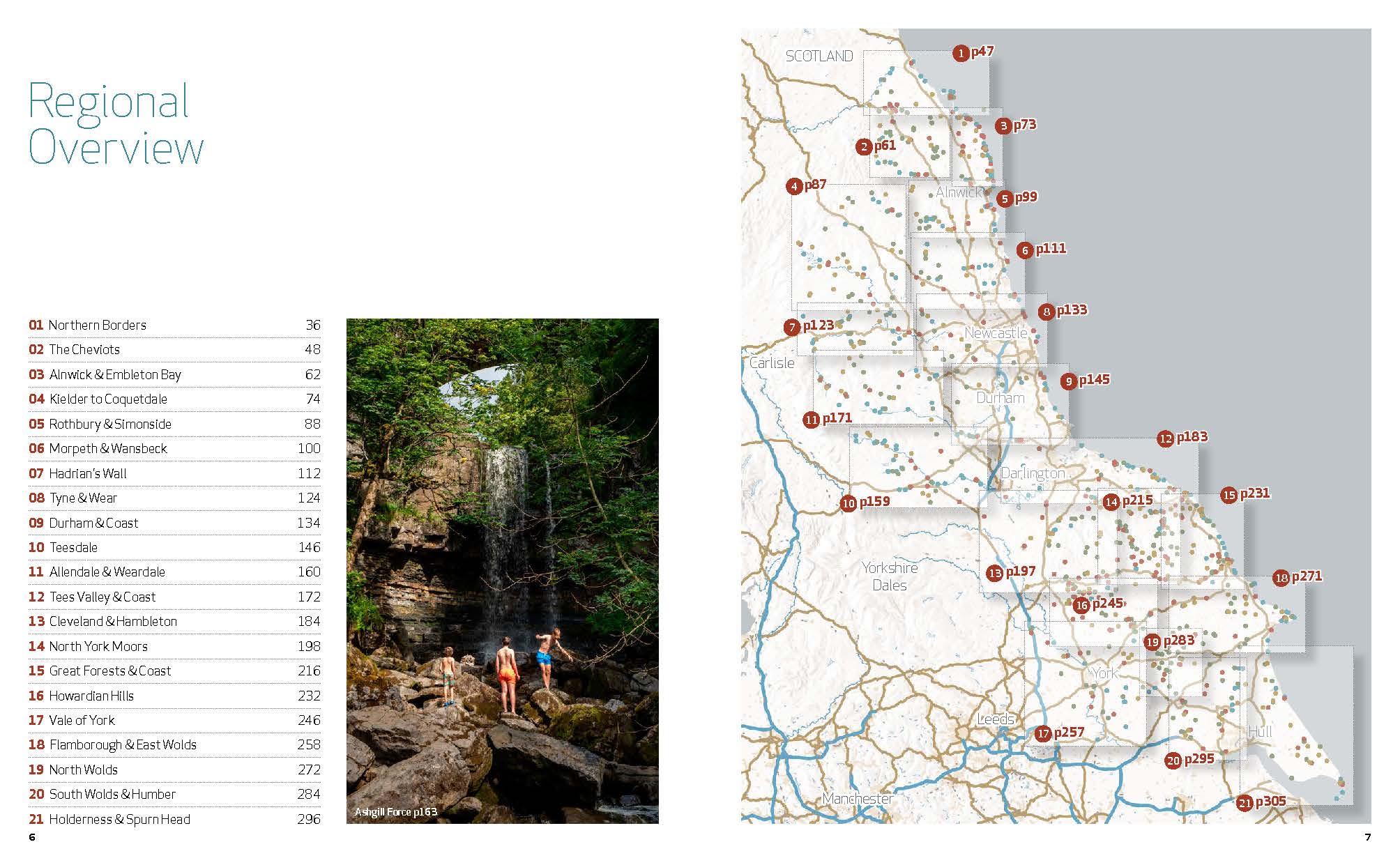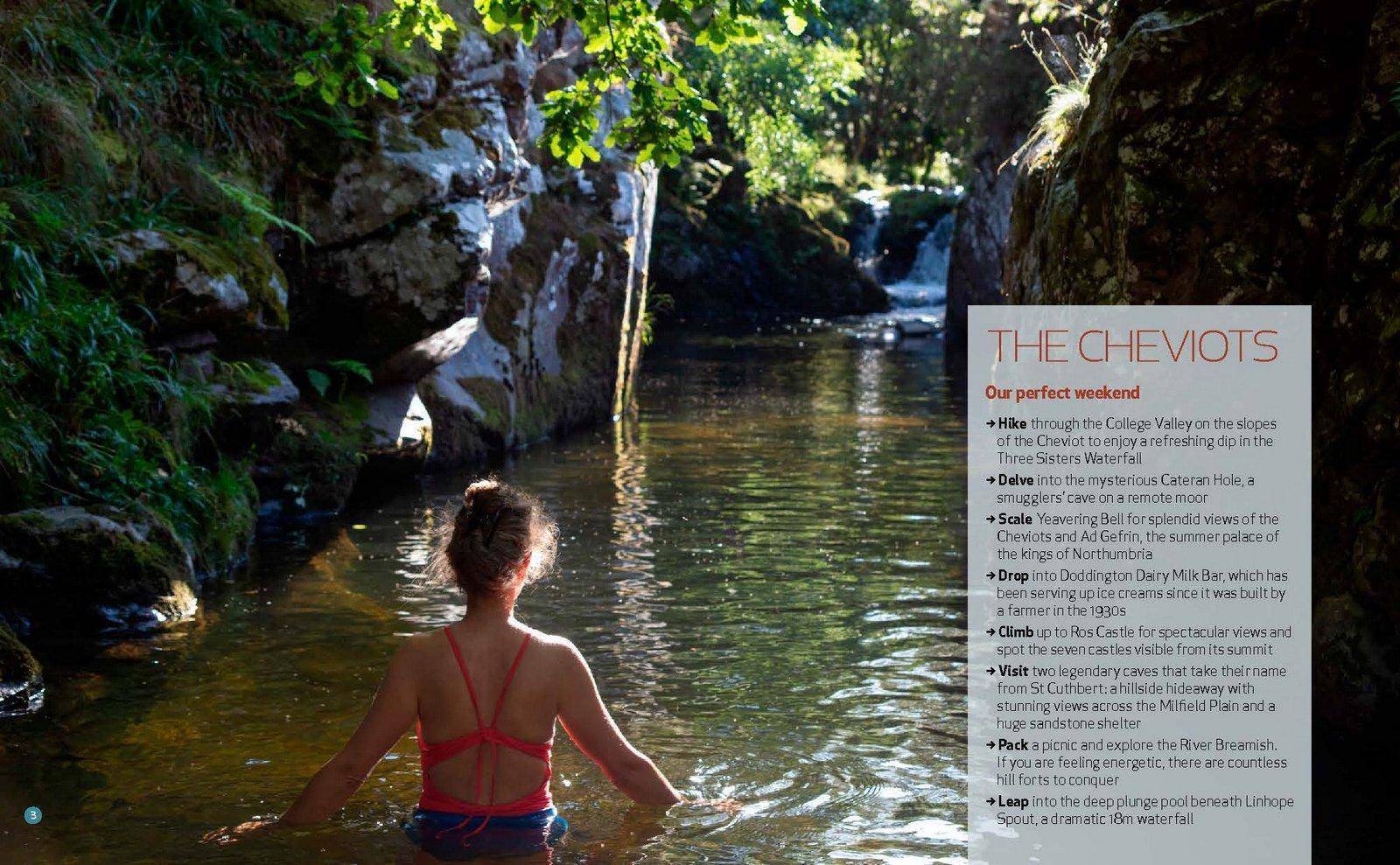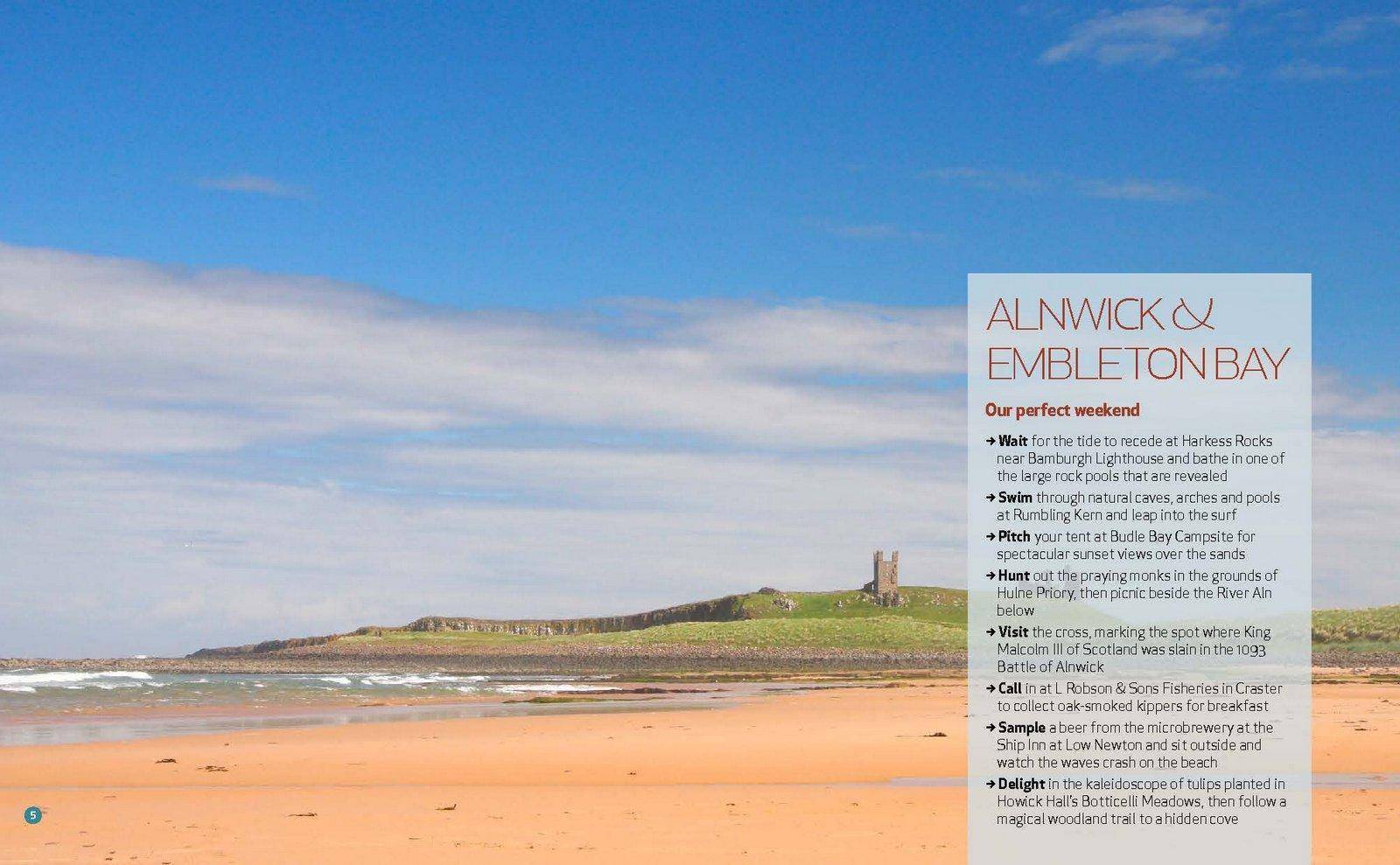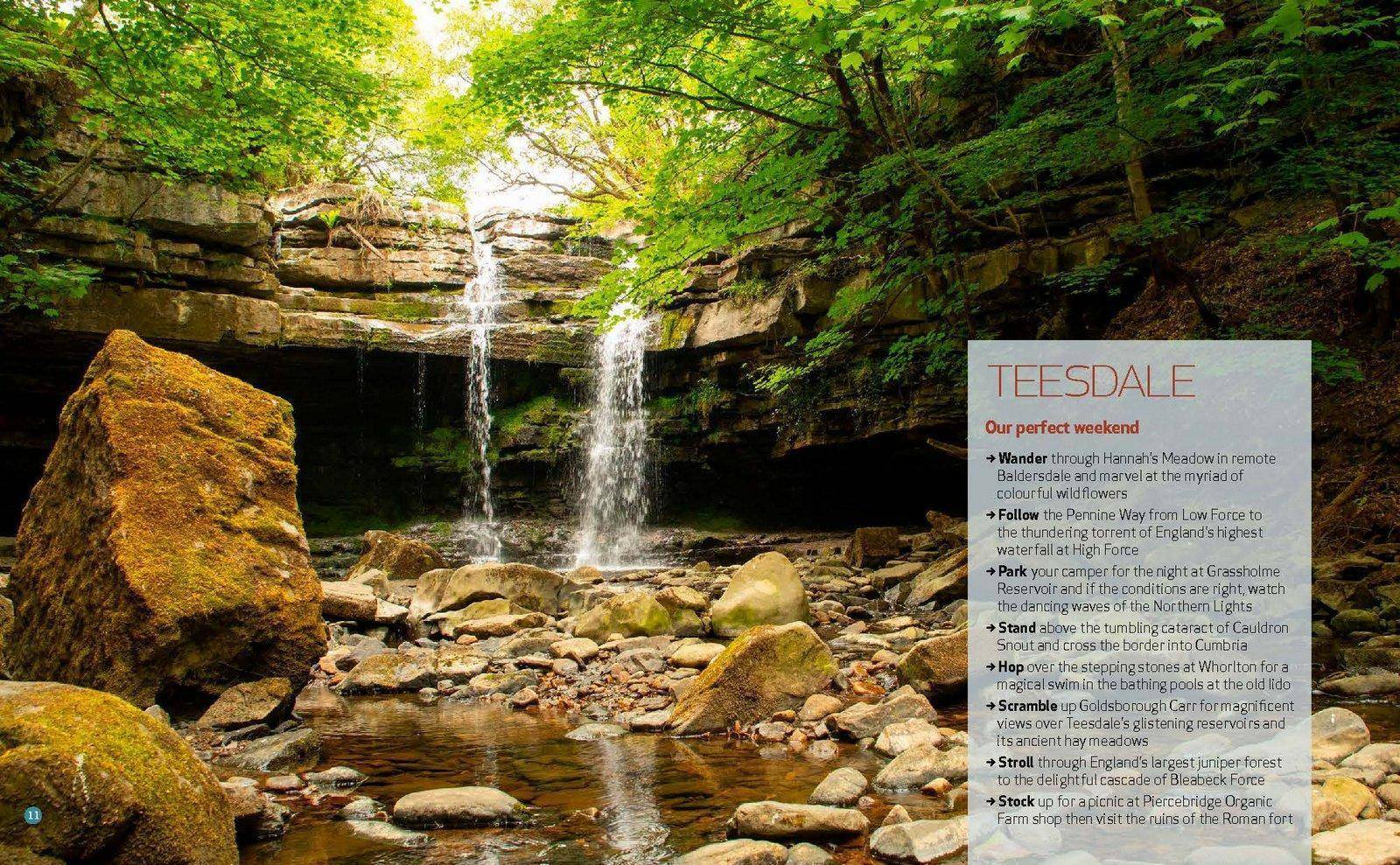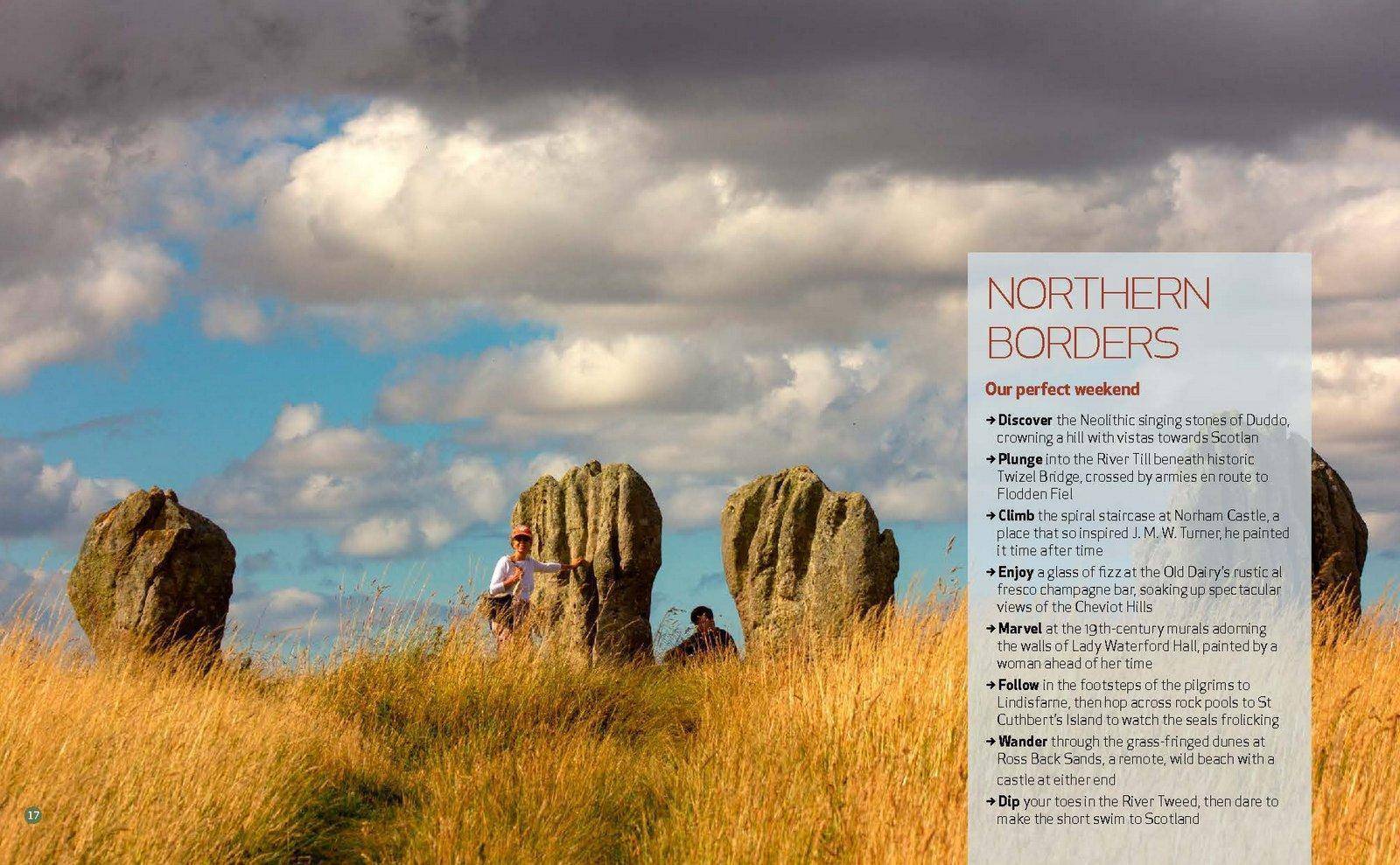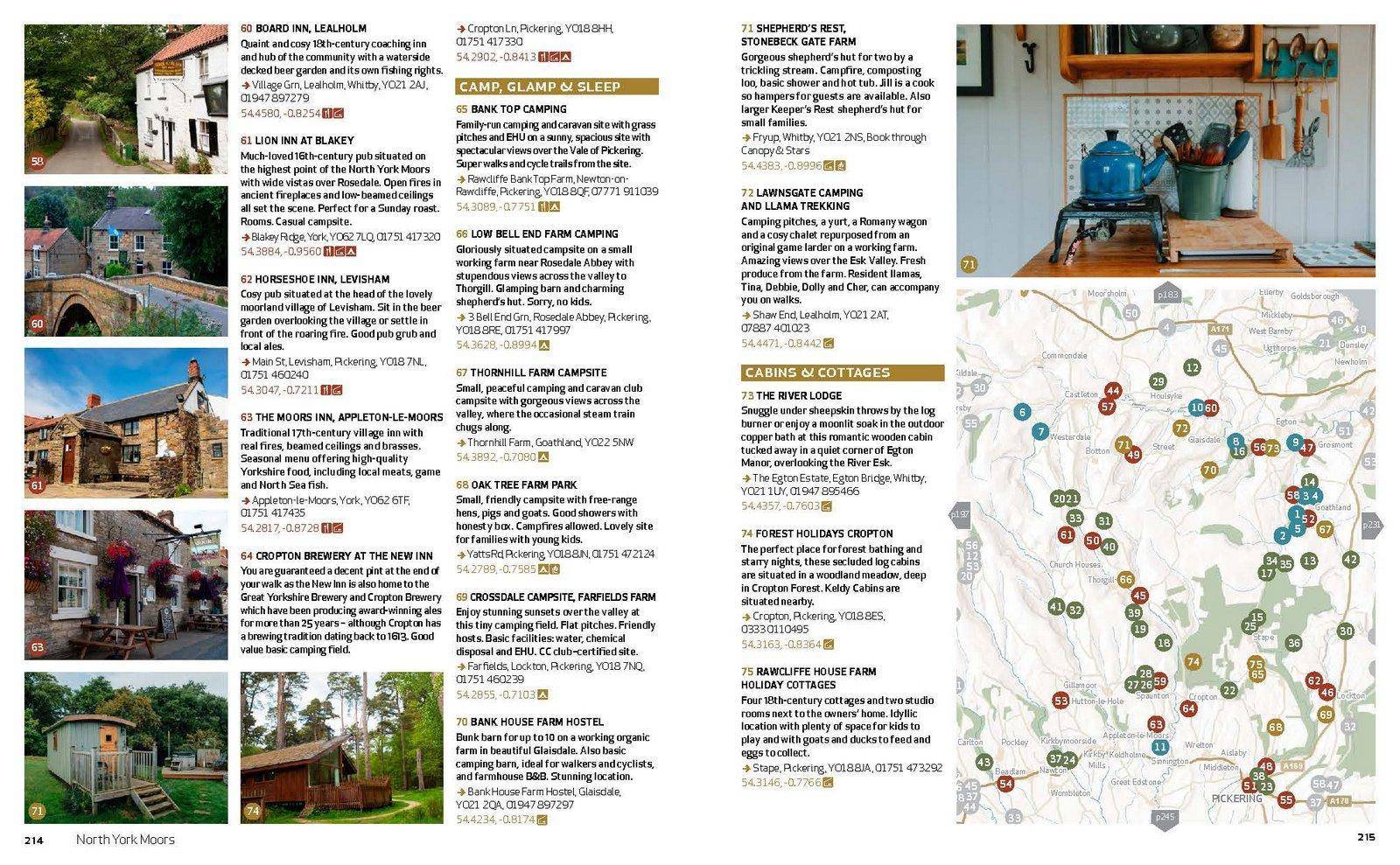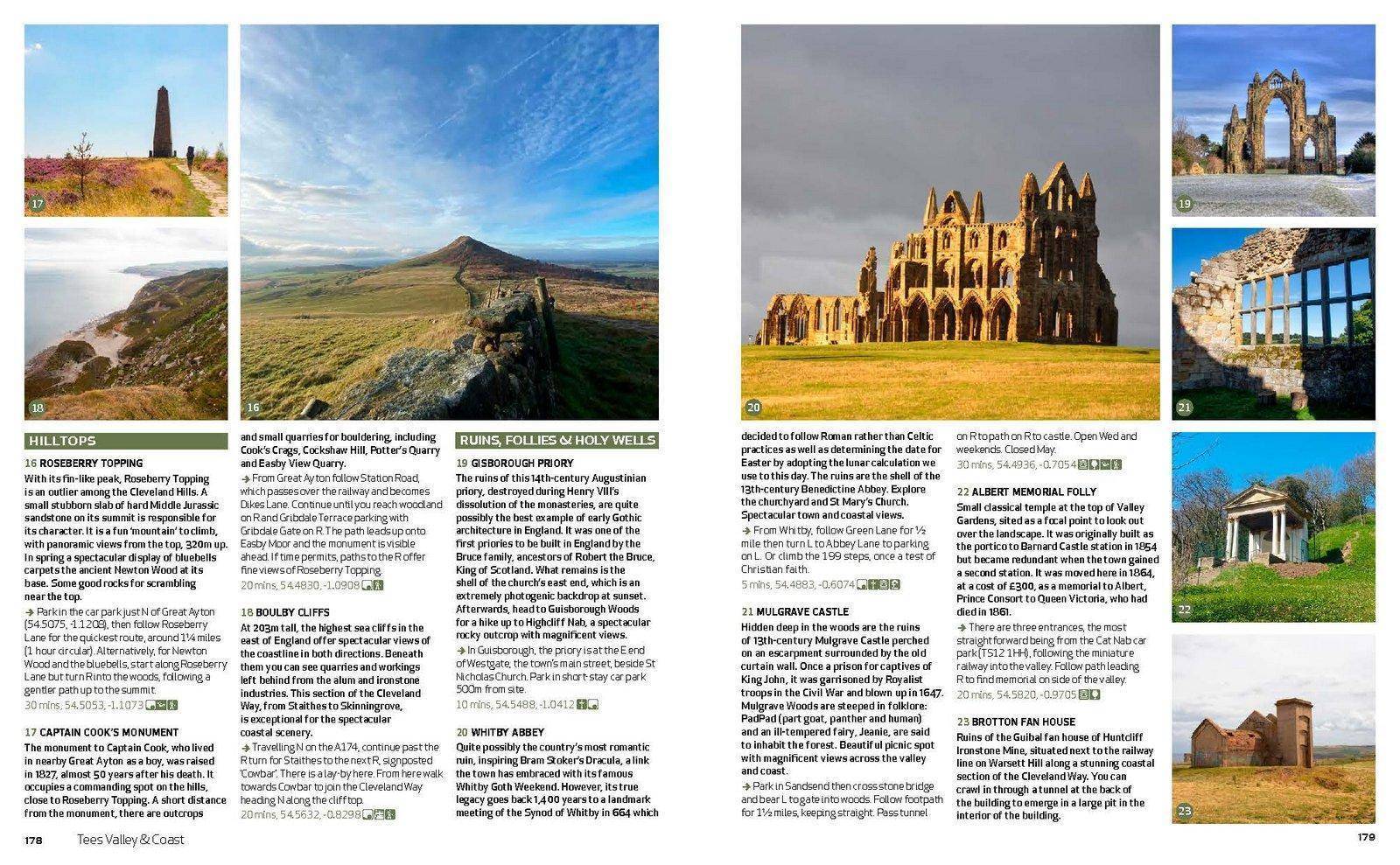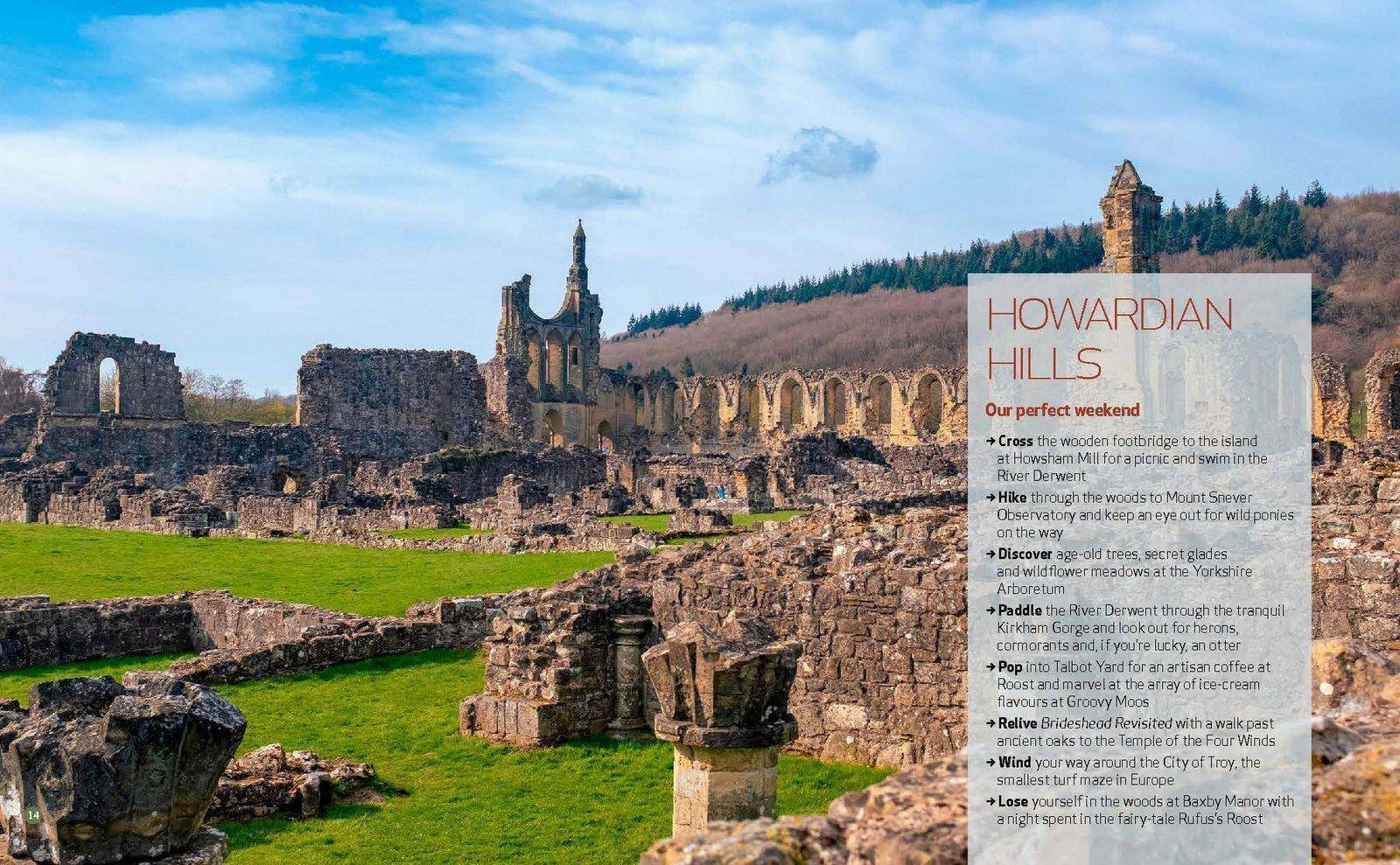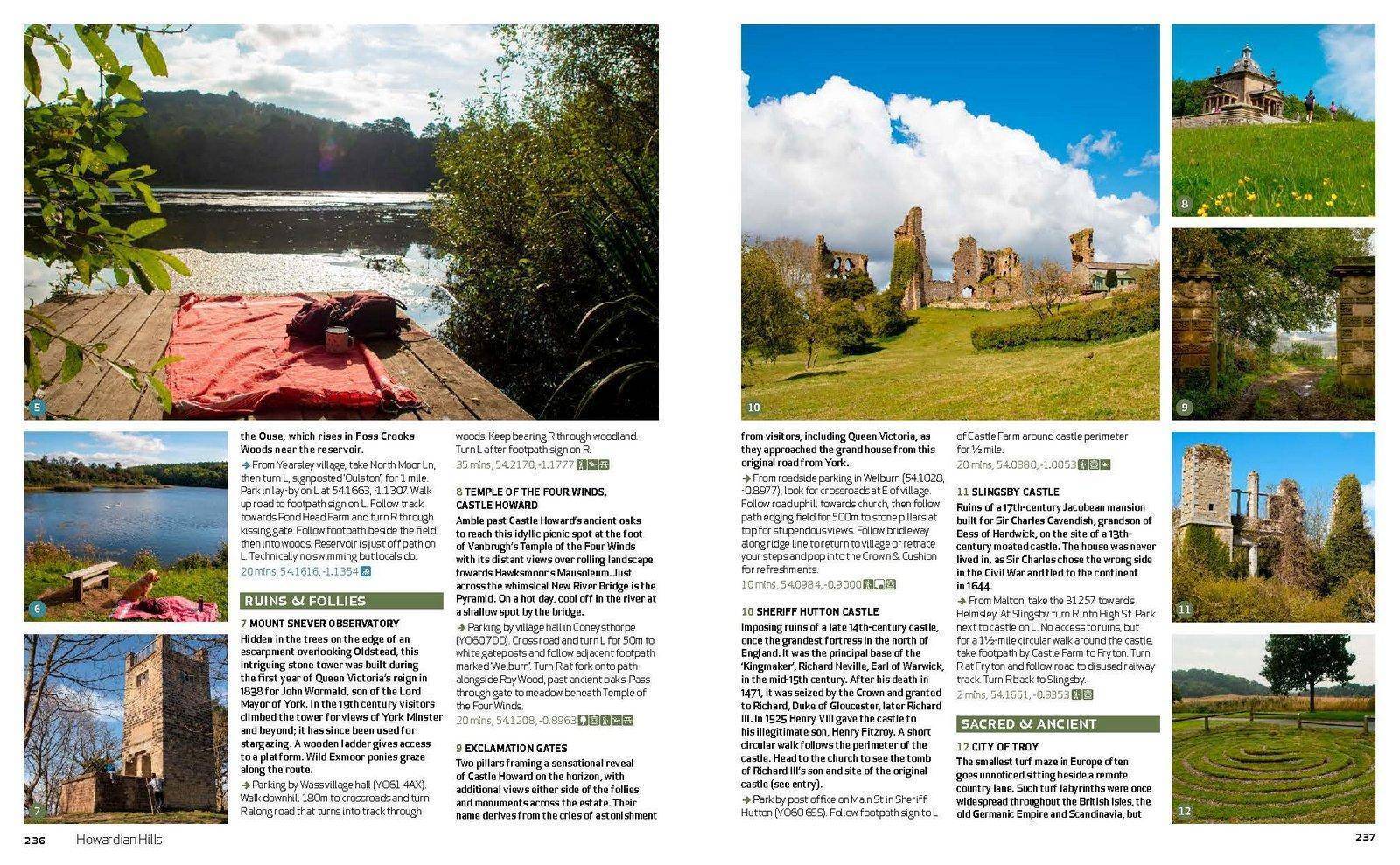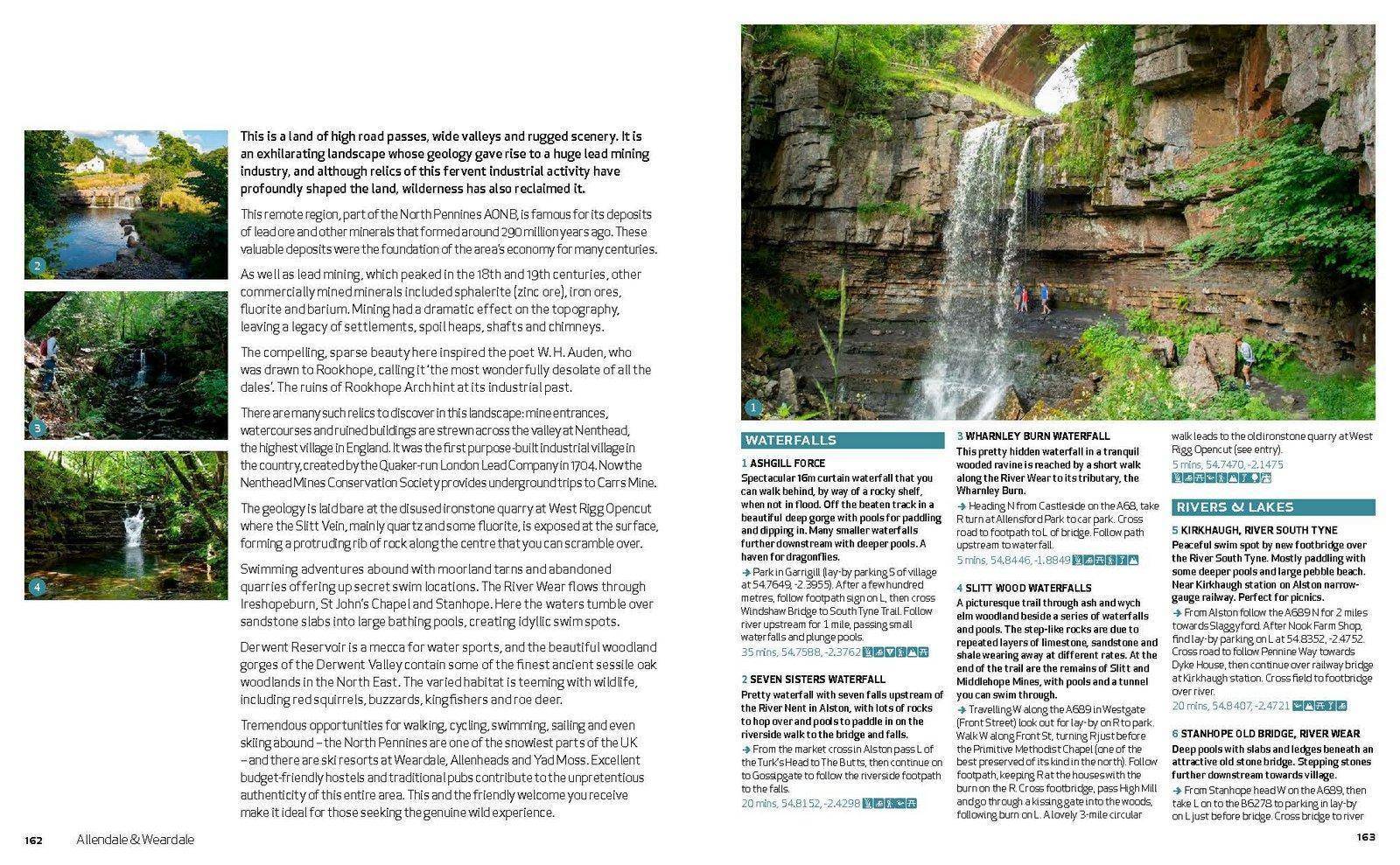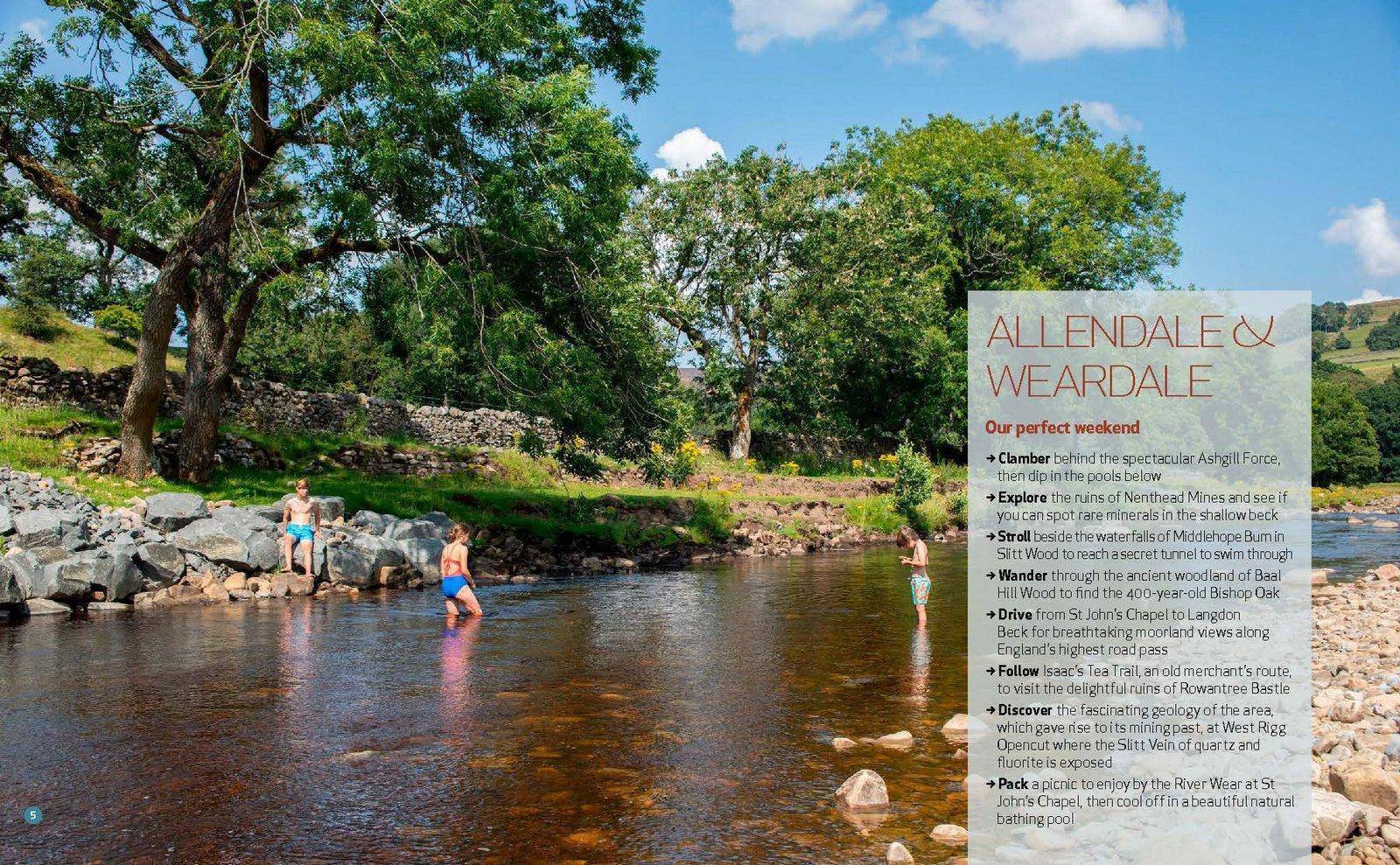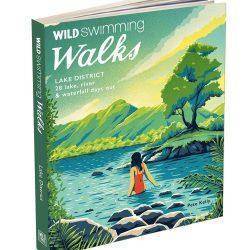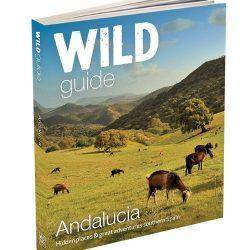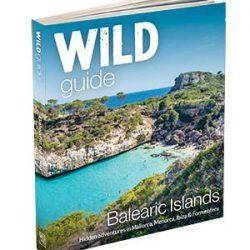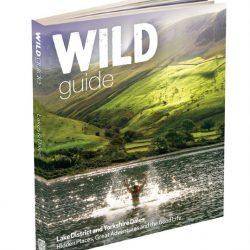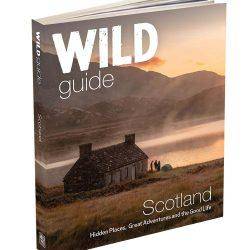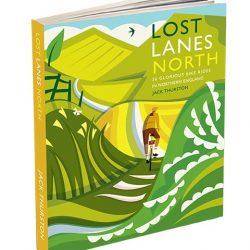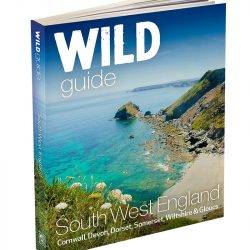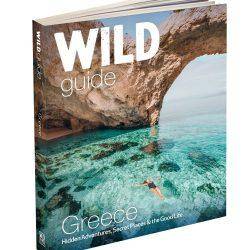Adventures in Northumberland, North York Moors, Wolds & North Pennines
Wild swim in crystal-clear river pools and seek out mysterious caves in ancient woodlands. Explore sea cliffs and caverns and picnic on dune-fringed beaches. Feast on local produce then gather around the campfire under a star-filled sky or stay in a treehouse with views across the moors.
From the wild places of Northumberland to the North York Moors and coast, the Wolds and the North Pennines, this inspiring travel compendium reveals North East England’s most exciting, hidden gems. Featuring dazzling photography, detailed maps and engaging travel writing, this is the perfect guide for adventurers, families and explorers.
New from the award-winning Wild Guide series, with 600 secret adventures and 450 wilder places to eat and sleep. Taking you to places no other guidebook reaches.
- Wild swimming in remote waterfalls, lakes and coves
- Easy scrambles up peaks and routes to hidden valleys
- Sunset hill forts, castles, lost ruins and smugglers’ caves
- Ancient forests, veteran trees and wildlife-rich meadows
- Sacred sites, holy wells and standing stones
- Best farm shops, micro-breweries and gastropubs
- Wild camping, star-gazing and campfire campsites
- Secluded hideaways, treehouses, cottages and cabins
About the author
Sarah Banks is a travel writer and photographer. Based in North Yorkshire she is the mother of three adventurous teenagers and a keen walker. Sarah has hiked several long distance trails including the Cleveland Way, the Wolds Way and the Northumberland Coast Path.
Contents
Map of the regions 6
Introduction 8
Finding your way 14
BEST FOR TOP PICKS
Wild swimming
Boats & floats
Waterfalls & gorges
Secret beaches
Sacred & ancient
Easy Peaks & scrambles
Woods, meadows & wildlife
Ruins & follies
Slow food & drink
Wilder camping & rustic havens
AREAS
01 Northern Borders 36
02 The Cheviots 48
03 Alnwick & Embleton Bay 62
04 Kielder to Coquetdale 74
05 Rothbury & Simonside 88
06 Morpeth & Wansbeck 100
07 Hadrian’s Wall 112
08 Tyne & Wear 124
09 Durham & Coast 134
10 Teesdale 146
11 Allendale & Weardale 160
12 Tees Valley & Coast 172
13 Cleveland & Hambleton 184
14 North York Moors 198
15 Great Forests & Coast 216
16 Howardian Hills 232
17 Vale of York 246
18 Flamborough & East Wolds 258
19 North Wolds 272
20 South Wolds & Humber 284
21 Holderness & Spurn Head 296
Introduction
If you yearn for the wilderness, then the North East can offer you every kind of wild place you could possibly imagine. Whether it’s soaring peaks and cliffs, dramatic valleys and magnificent waterfalls or tranquil rivers, lakes and beaches, it has everything covered. The beauty of this region is the astonishing variety of its landscape interwoven with a fascinating history, ranging from sacred Neolithic sites to post-industrial and wartime ruins. Moors, meadows and ancient forests are all laid out, ready for you to explore this wonderful and diverse landscape.
Wild frontiers to Yorkshire’s ‘Land’s End’
This book takes in the former battlegrounds of the Scottish borders to the tip of Spurn Point, facing its own conflict with the sea, and stretches from the North Pennines and Hadrian’s Wall across the North York Moors to the coastlines of Northumberland and Yorkshire. It is a celebration of the most beautiful, lesser-visited places, where you will find secret locations for wild swimming, walking and exploring, along with unique places to eat and stay.
The diverse topography of this area begins in Northumberland where the River Tweed marks much of the border with Scotland, reaching the sea at Berwick-upon-Tweed. Guarding the north-west boundary are the Cheviot Hills, formed 390 million years ago by intense volcanic activity and eroded into the smooth, round hills and valleys we see today.
The Northumberland coastline is a succession of sweeping sandy bays, undulating dunes, rocky promontories and remote islands. The Whin Sill, a layer of igneous dolerite, stretches from Berwick to Teesdale, and some of the region’s most cherished landmarks are built upon its outcrops: Hadrian’s Wall, the castles of Bamburgh, Lindisfarne and Dunstanburgh and the resistant lip over which the Tees dramatically plunges at High Force waterfall.
One of the largest expanses of heather moorland in England covers the North York Moors, running from the steep slopes of the Cleveland Hills in the north-west to the towering cliffs of the Yorkshire coast. This is a Jurassic coastline, formed 150 to 200 million years ago, and like the Dorset Jurassic coast it is fertile ground for fossil hunters, with ammonites, belemnites, bivalves and dinosaur footprints regularly discovered. Inland, an outcrop of chalk was carved by fast-running streams 18,000 years ago to form the unique deep valleys of the Yorkshire Wolds. The plain of Holderness stretches to the boulder-clay cliffs of the coast, the fastest eroding coastline in Europe, and the precarious spit of land that is Spurn Point.
Standing stones to ironstone mines
For millennia, people have hunted, settled and farmed here, leaving behind mysterious, sacred and beautiful reminders of their presence that you can see and touch today.
Seek out the Neolithic Duddo Five Stones in Northumberland or the remarkable Rudston Monolith in East Yorkshire and ponder the significance of these sites for people 4,000 years ago. The Iron Age is marked by hill forts; Northumberland alone has 271 of these ancient monuments, which have remained relatively undisturbed since their last occupation 1,500 years ago, having escaped stone pilfering and ploughing.
The Romans built forts, camps and roads and left one of their most important legacies here: Hadrian’s Wall, constructed in ad 122, guarded the northern frontier of the Roman Empire. The 7th century was the golden age of the Kingdom of Northumbria, which stretched from the Forth to below the Humber. Under powerful kings – Edwin, Oswald and Oswiu – Northumbria became one of northern Europe’s leading cultural and Christian centres, producing scholars such as Bede, Cuthbert and Aidan – and the astonishing Lindisfarne Gospels. St Paul’s Monastery in Jarrow, home of the Venerable Bede, partly survives as the chancel of St Paul’s Church.
Northumbria, which fragmented into four areas under the Vikings, was under Danelaw when the Normans conquered in 1066, building castles at Norham, Pickering, Skipsea and Elsdon. Monasteries and priories grew up and flourished here from the 12th century, later destroyed by Henry VIII in the dissolution of the monasteries. Their glorious ruins survive at Rievaulx, Kirkham and Byland. The Middle Ages brought 500 years of wrangling between the English and the Scots. From the 14th to the late 17th century, fortified bastle houses, such as Black Middens in Tarset, Northumberland, were built to protect against the Border Reivers and are testimony to this terrifying time.
The Industrial Revolution of the 18th and 19th centuries had a huge impact on this region. Deposits of lead ore and other minerals generated a prolific lead mining industry in Weardale, while at Rosedale in the North York Moors mines sprang up around a massive iron ore industry, including a railway around the valley. This industrial exploitation has sculpted today’s landscape, but wilderness has thankfully returned to these peaceful, rural dales; the ironstone railway is now a spectacular walking and cycling route, and the relics in the landscape are a chapter in the North East’s rich history.
A Sense of the Wild
Picture yourself on a deserted beach in Northumberland, sand between your toes and the crash of the waves in your ears; or gazing at the dark skies over Dalby Forest with the Milky Way shining above you; or perhaps walking behind a waterfall before plunging into the pools below or sitting beneath a centuries-old oak in the tranquillity of an ancient woodland. These are all places where we regain our sense of awe, reconnect with nature and enjoy experiences that nourish our soul. They are all within these pages and are free for those who make the small effort to find them. Think of this book as a starting point; there are hundreds of spots to explore and no doubt you will discover secret places and enjoy thrilling adventures of your own.
In doing so, I wish you a wild and wonderful time!
Sarah Banks
